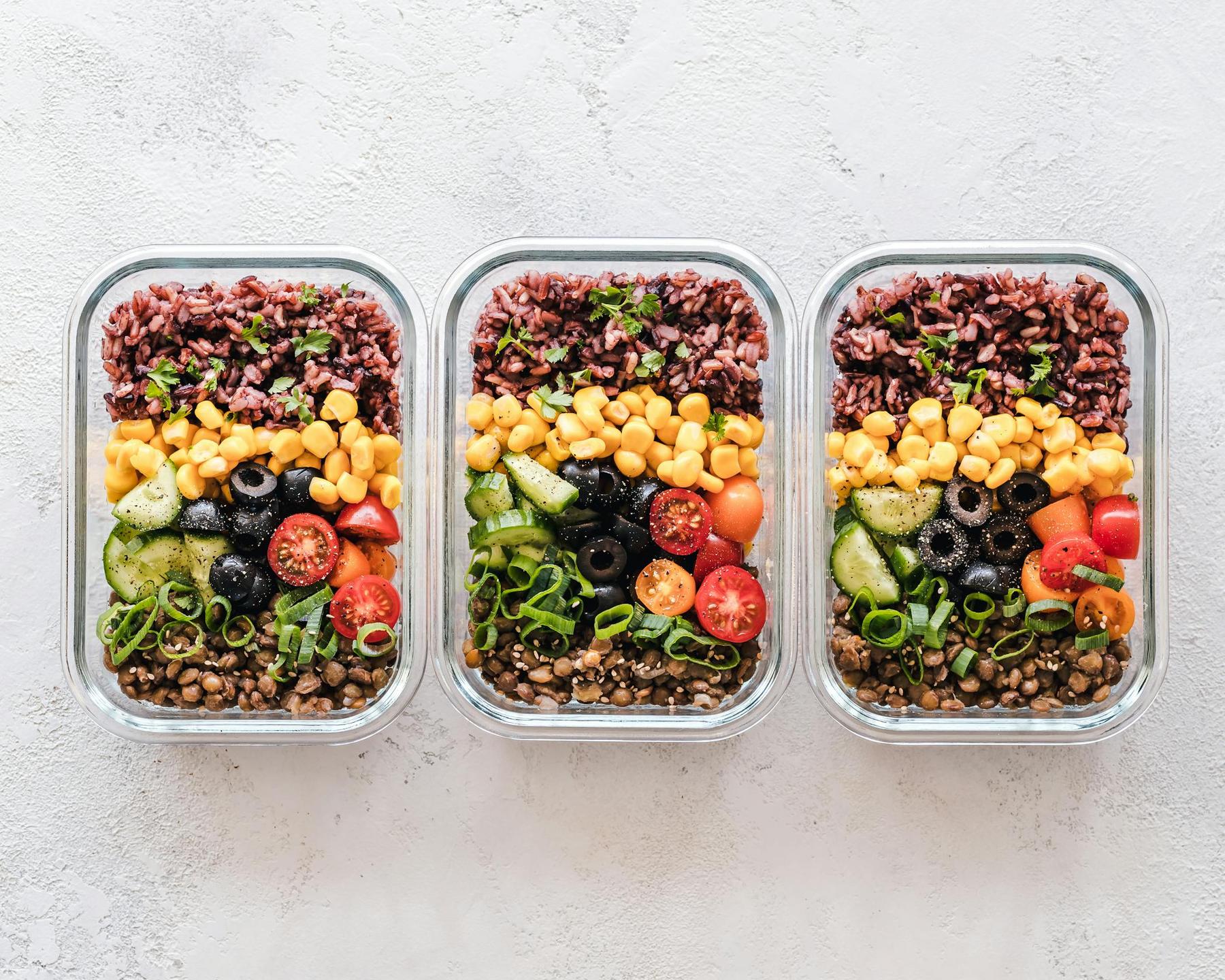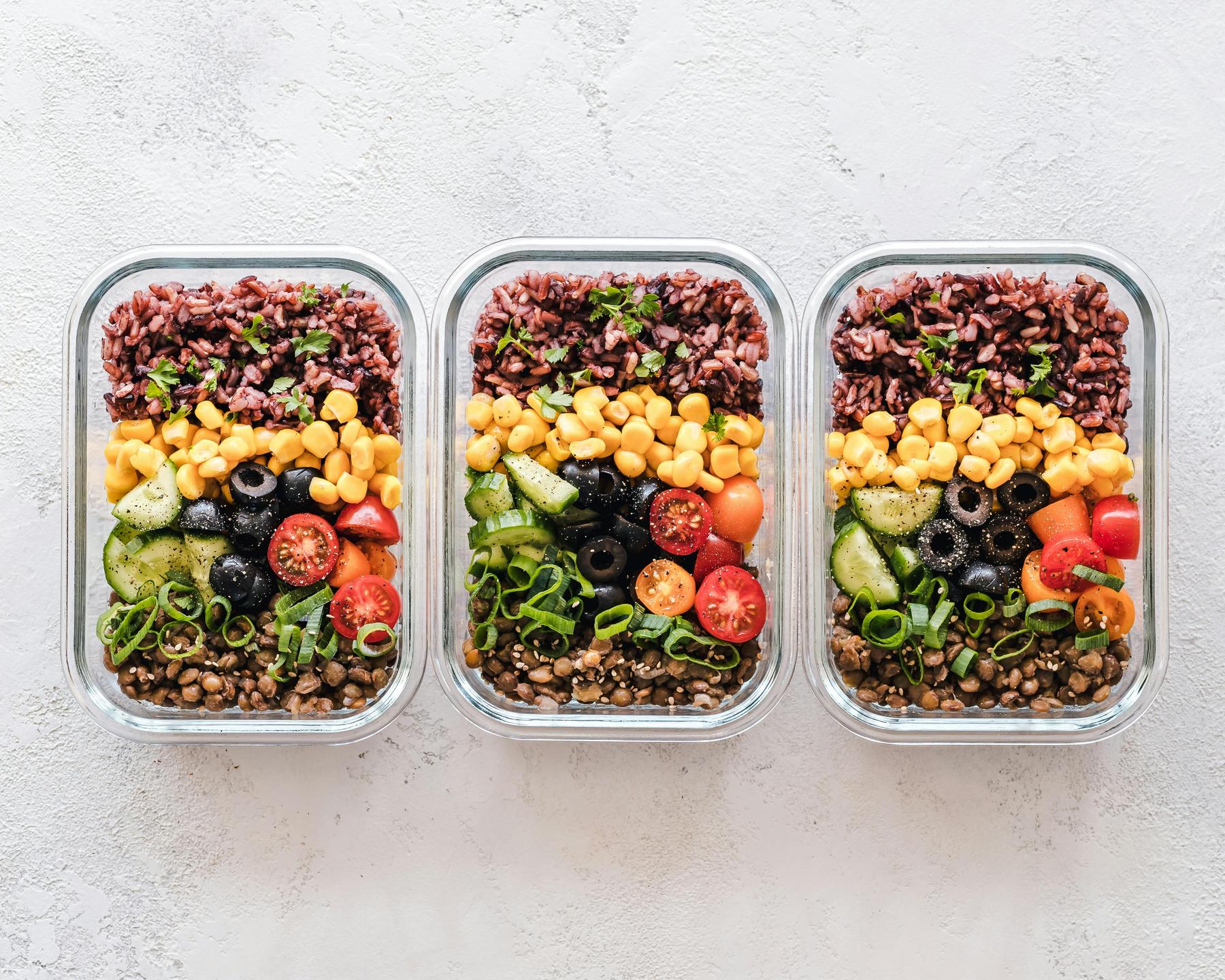In a world where time constraints increasingly challenge our ability to maintain balanced nutrition, meal replacements have emerged as a potential solution for weight management and convenient eating. However, not all meal replacement products are created equal, and selecting options that truly support health requires careful consideration. With Australians spending an estimated $500 million annually on meal replacement products, understanding how to navigate this complex market has never been more important.
What Makes a Meal Replacement Nutritionally Complete?
The foundation of any effective meal replacement lies in its nutritional composition. According to Australian Dietary Guidelines, balanced nutrition requires adequate representation from five core food groups: vegetables, fruits, whole grains, lean proteins, and reduced-fat dairy. When evaluating meal replacements, this balance must be translated into measurable nutritional components.
A nutritionally complete meal replacement should provide:
- Protein content of 20-30g per serving to support satiety and preserve muscle mass
- Minimum 5g of fibre per serving to regulate digestion and glycemic response
- Micronutrient fortification providing at least 25% of the recommended daily intake (RDI) for essential vitamins and minerals
- Balanced macronutrient profile with approximately 40-50% carbohydrates, 30-40% proteins, and 20-30% fats
“The nutritional adequacy of meal replacements directly determines their safety and efficacy in both short-term and long-term use scenarios,” notes the CSIRO in their evaluation of meal replacement programs. Their research demonstrates that properly formulated products can facilitate 5-10% body weight reduction in 12 weeks when used as part of a structured program.
Formulated Meal Replacements regulated under Food Standards Australia New Zealand (FSANZ) Standard 2.9.3 must meet specific criteria to be marketed as complete nutrition. Look for products that explicitly state compliance with these standards on their packaging.
How Can You Identify Quality Ingredients in Meal Replacements?
The ingredient list provides critical insights into a meal replacement’s quality and potential health impact. When assessing ingredients, prioritise:
Protein Sources
Whey isolate (with ≥80% protein content) and pea protein concentrate typically offer superior amino acid profiles compared to soy or collagen-based proteins. The amino acid composition, particularly leucine content, influences satiety and muscle protein synthesis.
Carbohydrate Quality
Look for low-glycemic carbohydrate sources such as oat flour or isomaltooligosaccharides rather than simple sugars or maltodextrin. These complex carbohydrates provide sustained energy release and better glycemic control.
Fat Profile
Prioritise products containing monounsaturated fats (from olive oil or avocado) and omega-3 fatty acids (from chia or flaxseed). Avoid products containing more than 10g of saturated fat per serving or those using hydrogenated oils, which increase cardiovascular risks.
Sweeteners and Additives
Natural sweeteners like stevia (Rebaudioside A) or monk fruit extract are preferable to artificial sweeteners or sugar alcohols like maltitol and sorbitol, which can cause gastrointestinal distress in some individuals.
“The presence of emulsifiers such as carrageenan or polysorbate-80 has been linked to intestinal inflammation and should be avoided in regular-use products,” highlights research from the Therapeutic Goods Administration (TGA).
Be wary of products containing “energy blends” which may include undisclosed caffeine equivalents exceeding 100mg per serving—a particularly important consideration for those with cardiovascular concerns or anxiety disorders.
What Are the Potential Risks of Meal Replacement Products?
While quality meal replacements can support nutritional goals, they also present potential risks that consumers should understand:
Nutritional Gaps and Deficiencies
Long-term exclusive reliance on meal replacements may lead to deficiencies in:
- Phytonutrients: The absence of diverse plant compounds found in whole fruits and vegetables compromises antioxidant defences
- Enzymatic cofactors: The food matrix in whole foods enhances the bioavailability of nutrients in ways that synthetic fortification cannot fully replicate
- Prebiotic diversity: Limited fibre variety can reduce gut microbiota diversity, affecting overall digestive health
“For those using meal replacements for more than 50% of their daily intake, biannual micronutrient testing is advisable to monitor levels of iron, vitamin B12, and vitamin D,” suggest clinical dietitians specialising in nutritional adequacy.
Population-Specific Considerations
Not all groups should approach meal replacements in the same way:
- Pregnant or lactating women require specific nutrient profiles, including higher levels of choline, iodine, and folate than typical meal replacements provide
- People with diabetes need to carefully monitor carbohydrate content and may require insulin adjustments if using products with more than 15g net carbs per serving
- Older adults benefit from increased protein (≥30g/serving) and vitamin D (800IU) to counteract age-related muscle loss and bone density reduction
It’s essential to consult healthcare providers before beginning any meal replacement regimen, particularly for individuals with pre-existing health conditions or those taking medications that might interact with nutritional changes.
How Should Meal Replacements Be Integrated into a Healthy Diet?
Meal replacements are most effective and safest when implemented as part of a structured, phased approach rather than as a complete dietary overhaul:
Phased Implementation Model
| Phase | Duration | Meal Replacement Use | Caloric Intake | Key Considerations |
|---|---|---|---|---|
| Acute | Weeks 1-4 | Replace 1-2 daily meals | 1,200-1,500 kcal/day | Electrolyte supplementation may be needed |
| Transition | Weeks 5-8 | Gradually reduce to 1 daily meal | Individualised based on goals | Introduce whole foods using the Australian Guide to Healthy Eating plate model |
| Maintenance | Week 9+ | Intermittent use (2-3 weekly) | Balanced maintenance intake | Use for high-risk scenarios (travel, busy periods) |
“This stepped approach has demonstrated 230% better adherence than self-directed weight management plans,” according to clinical studies tracking long-term outcomes of structured meal replacement integration.
Successful integration also depends on leveraging the behavioral advantages of meal replacements:
- Enhanced satiety through optimal protein composition activating specific metabolic pathways
- Habit formation through consistent portion control and meal timing
- Environmental modification by replacing problematic food choices with nutritionally balanced alternatives
“The most effective use of meal replacements occurs within a framework of behavioural change principles and gradual transition to sustainable eating patterns,” emphasises the CSIRO Total Wellbeing Diet research team.
What Should Be Monitored When Using Meal Replacements Regularly?
Regular monitoring is essential for safe, long-term use of meal replacements:
Physical Health Indicators
- Body composition changes rather than simply weight (ideally measured through DEXA scans or bioimpedance analysis)
- Metabolic parameters including blood glucose levels, lipid profiles, and liver function
- Micronutrient status, particularly iron, vitamin B12, vitamin D, and electrolytes
Psychological Factors
- Relationship with food and development of sustainable eating behaviours
- Satisfaction and compliance with the regimen
- Progress toward health goals beyond weight metrics
Healthcare providers should establish a monitoring schedule with fortnightly check-ins during the first three months of meal replacement use, particularly for those using these products as part of a weight management strategy.
“Transition to predominantly whole foods should be initiated upon achieving 10% weight loss or if any concerning changes in health parameters emerge,” advise Australian clinical practice guidelines.
How Do You Select the Right Meal Replacement for Your Needs?
The ideal meal replacement varies based on individual health status, goals, and preferences:
For Weight Management
- Caloric content between 200-400 kcal per serving
- Higher protein content (25-30g) to maximise satiety
- Adequate fibre (minimum 5g) to slow digestion and enhance fullness
For Nutritional Support During Illness or Recovery
- Higher caloric density if appetite is compromised
- Complete vitamin and mineral profile meeting at least 25% of RDI
- Easy digestibility with minimal additives
For Busy Professionals Seeking Convenient Nutrition
- Balanced macronutrient profile mirroring recommended dietary patterns
- Minimal added sugars and processed ingredients
- Portable formats that require minimal preparation
“The best meal replacement is one that aligns with individual nutritional requirements while supporting broader health goals and lifestyle factors,” states the Dietitians Association of Australia.
Regardless of specific needs, always check that products comply with FSANZ Standard 2.9.3 for meal replacements, which ensures baseline nutritional adequacy.
A Balanced Approach to Meal Replacements
Meal replacements can serve as valuable tools within a comprehensive approach to nutrition and weight management when selected carefully and used appropriately. Their greatest benefit comes from providing nutritional structure during challenging periods while facilitating transition to sustainable, whole-food eating patterns.
The scientific consensus suggests that meal replacements should be viewed as adjuncts to, rather than replacements for, a varied diet rich in whole foods. When integrated thoughtfully, with appropriate healthcare supervision, these products can support both short-term goals and long-term health outcomes.
As with any nutritional approach, individualisation remains paramount. What works effectively for one person may not suit another, highlighting the importance of personalised guidance from qualified healthcare professionals when incorporating meal replacements into dietary regimens.
Are meal replacements safe for everyday use?
Meal replacements formulated according to FSANZ Standard 2.9.3 can be safe for regular use when integrated appropriately. However, long-term exclusive use may lead to deficiencies in phytonutrients and other bioactive compounds found in whole foods. Most healthcare professionals recommend replacing no more than two meals daily with these products and maintaining regular consumption of fruits, vegetables, and other whole foods to ensure nutritional completeness.
How effective are meal replacements for weight loss?
Research shows that structured meal replacement programs can facilitate 5-10% body weight reduction over 12 weeks when used properly. The efficacy stems from portion control, convenient calorie tracking, and optimised nutrient composition that supports satiety. However, sustainable results depend on transitioning to balanced whole-food dietary patterns rather than indefinite meal replacement use.
Can meal replacements replace the need for fruits and vegetables?
No, meal replacements cannot fully substitute for whole fruits and vegetables. While they may provide vitamins and minerals, they lack the full spectrum of phytochemicals, antioxidants, and beneficial plant compounds found in whole foods. The Australian Dietary Guidelines emphasise consuming at least five servings of vegetables and two servings of fruit daily, a recommendation that remains important even when incorporating meal replacements.
How do I know if a meal replacement is actually nutritionally complete?
A nutritionally complete meal replacement should provide 20-30g of protein, at least 5g of fibre, and a minimum of 25% of the recommended daily intake for essential vitamins and minerals per serving. Check that products comply with FSANZ Standard 2.9.3 for meal replacements, which ensures baseline nutritional adequacy. The ingredient list should prioritise whole food sources, minimal additives, and appropriate macronutrient balance.
Should meal replacements be used without medical supervision?
While generally healthy individuals can use meal replacements for occasional meal substitution, those with medical conditions, pregnant or breastfeeding women, or individuals planning extended use should consult healthcare providers. Medical supervision becomes increasingly important when meal replacements form a significant portion of daily nutrition or are used as part of a structured weight management program.



